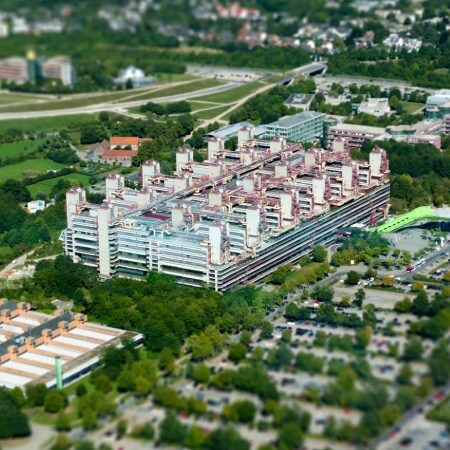About the disease
Keloid scars are benign growth which usually appear when the scar forms an excessive tissue. Keloid scars are usually smooth and hard. Such scars is most common in people under 30, because their skin is more susceptible to developing excessive tissue if a person sustained a severe and deep scar. Also, pregnant women are more likely to develop this condition after the birth of the child, because the skin on the abdomen stretches considerably and marks can be left. People who gained and lost their weight considerably can also develop keloid scars because the skin changed its size rapidly. According to Healthline, this condition is more common among people of African, Latin and Asian descent.
The most common locations where keloid scars can appear are the chest, cheeks, shoulders in some cases and earlobes. When the skin is injured and its layers were damaged, special fibrous tissues starts to grow over the injured area to cover it and protect the skin from different infections. If the injury is not very deep, the scar disappears with time, because only one or two layers were damaged. When many layers of the sin were damaged and the injury was deep, the person may develop a scar which can become permanent. In some cases, the scar tissue which protects the injured area starts to develop too excessively and, as a result, keloid scars appear. Keloid scars are rarely cause for concern, because they do not create any health problems, nonetheless keloid scars can appear to be a cosmetic defects and, if the scar is big, can become the cause of concern.
Symptoms
- Pink or red flesh area on the skin which developed after scar
- The area is lumpy or a little bit raised
- The area may seem to be swollen
- The area can overgrow the initial size of the scar
- Itchiness in the area
- Discomfort
- Tenderness
- Irritation
Diagnosis
- During a general examination the doctor will examine the keloid scar and determine if it outgrew the actual size of initial scar or injury that the person sustained.
- The doctor will ask about the nature of scar and also the time when it appeared.
- The doctor may do dermatological test of the keloid scar to examine it under the microscope and ensure there is no bacteria.
Treatment
- Corticosteroid injections and also dressing can be useful to reduce inflammation and redness in the area. Silicone pads can be used for this matter as well. In some cases the doctor recommended to freeze the tissue so that keloid skin cells are killed.
- Surgical resection can be used to remove the scar and also restore appearance of the skin. The doctor may also recommend laser therapy or radiation therapy to shrink the size of the keloid scar, make it lighter and also prevent it from spreading in the beginning of its appearance. It is important to go to the doctor when the keloid scar just appeared and not wait until it grows to its full size.
Authors: Dr. Vadim Zhiliuk, Dr. Sergey Pashchenko
















